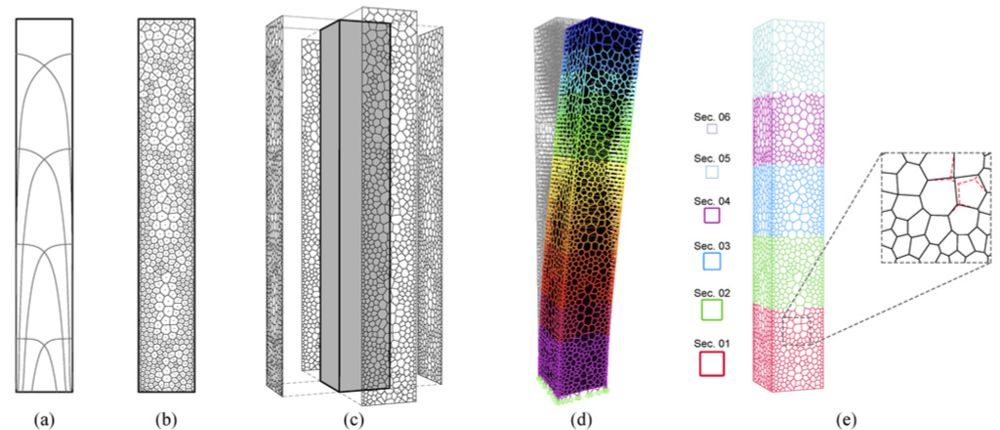Messing with small triangles for ages.
Guilty of providing the community with many buggy, but hopefully useful, tools
For any questions, application support, or further details, feel free to contact me at: paolo.cignoni@cnr.it
For any questions, application support, or further details, feel free to contact me at: paolo.cignoni@cnr.it
doi.org/10.1111/1467...
Palette encoding of normals was a thing before shaders :) We run this stuff on a NVIDIA Riva 128 🤣

doi.org/10.1111/1467...
Palette encoding of normals was a thing before shaders :) We run this stuff on a NVIDIA Riva 128 🤣
vcg.isti.cnr.it/publication/...
Optimizing Free-Form Grid Shells with Reclaimed Elements under Inventory Constraints
Andrea Favilli, Francesco Laccone, Paolo Cignoni, Luigi Malomo, Daniela Giorgi
Computer Graphics Forum (Eurographics 2025)

vcg.isti.cnr.it/publication/...
Optimizing Free-Form Grid Shells with Reclaimed Elements under Inventory Constraints
Andrea Favilli, Francesco Laccone, Paolo Cignoni, Luigi Malomo, Daniela Giorgi
Computer Graphics Forum (Eurographics 2025)
onlinelibrary.wiley.com/doi/10.1111/...

onlinelibrary.wiley.com/doi/10.1111/...
It handles hi-res 3D models (100Mtris) also on low-bandwidth, on plain web server.

vcg.isti.cnr.it/publication/...

vcg.isti.cnr.it/publication/...
Curiosity, how the sorting for compositing is handled efficiently now? It was a real pain and was necessary for materials that are also emissive (needed for approximating scattering)...
Curiosity, how the sorting for compositing is handled efficiently now? It was a real pain and was necessary for materials that are also emissive (needed for approximating scattering)...
>25y ago I worked on the same ideas, definitely on different graphics hardware 😅
iris.cnr.it/bitstream/20...
>25y ago I worked on the same ideas, definitely on different graphics hardware 😅
iris.cnr.it/bitstream/20...

